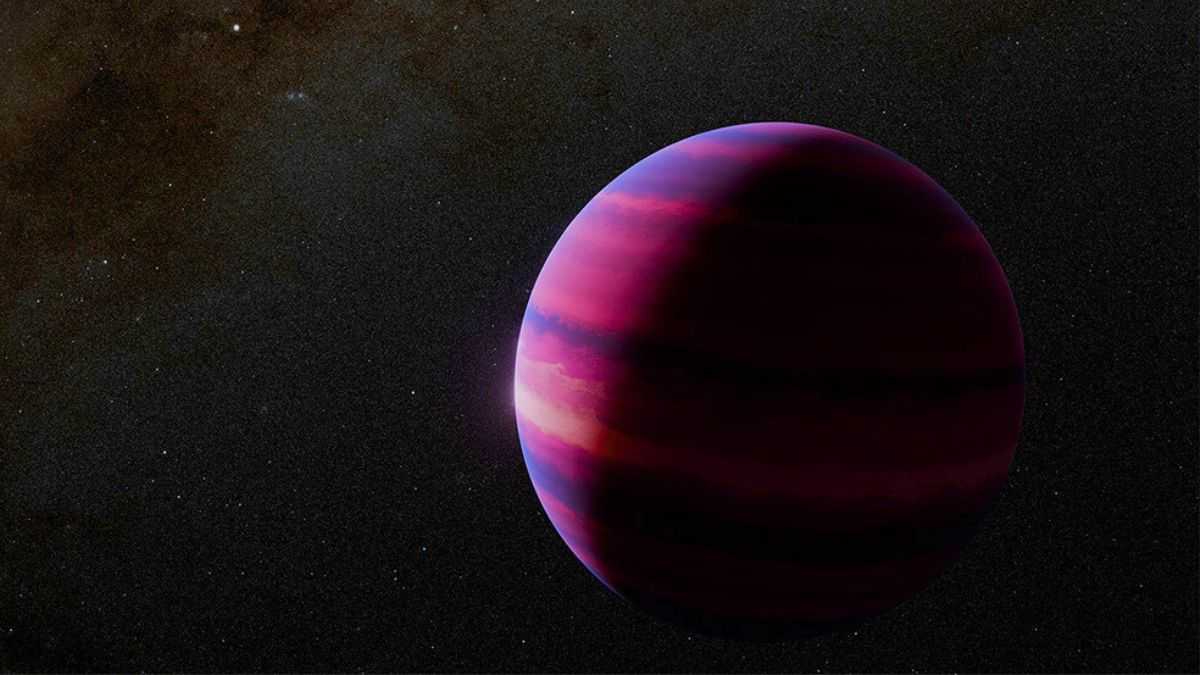Science
The Satellite Swarm Is Now a Threat, NASA Warns
17 December 2025

NASA’s latest discovery has surprised even the most seasoned astronomers. They observed a new planet—a Saturn-mass gas giant—in the Alpha Centauri system, our closest cosmic neighborhood. Interestingly, its presence occasionally becomes invisible when the planet approaches its star too closely. This significant find highlights the complexity of every Alpha Centauri planet.
Spotting the system seems simple enough: Alpha Centauri A is the third brightest star in the night sky. Together with its twin, Alpha Centauri B, and the red dwarf Proxima Centauri, they form a triple star system, which is our closest cosmic neighbor, just four light-years from the Sun. Now, NASA scientists have confirmed a sensational discovery: a new planet has appeared in the system.
Researchers previously confirmed the existence of planets orbiting Proxima Centauri, the system’s smallest star. Unfortunately, doing the same for the Sun-like Alpha Centauri A and B proved difficult. “These are extraordinarily difficult observations,” says Charles Beichman of NASA, quoted in the agency’s press release. “These stars are very bright, close together, and move quickly across the sky.”
Despite the enormous challenge, the team operating the James Webb Space Telescope managed to observe a completely new planet orbiting Alpha Centauri A. “The Webb Telescope was designed and optimized to find the most distant galaxies in the universe. The operational team at the Space Telescope Science Institute had to develop a special observing sequence just for this purpose—and their extra effort yielded spectacular results,” Beichman emphasizes. What results are we talking about?
This new body is a gas giant with a mass similar to Saturn’s, moving in an elliptical orbit twice the distance of Earth from the Sun. Experts emphasize that this represents a truly unique cosmic event.
“Of all the directly imaged planets, this one would be the closest to its star that we have observed so far. It is also the closest in terms of temperature and age to the gas giants in our Solar System, and yet it is the closest to Earth,” says Aniket Sanghi from the California Institute of Technology, co-author of one of the scientific papers documenting the discovery. “Its very existence in a binary star system challenges our understanding of how planets form […] and evolve in a chaotic environment.”
Read about Stellar collision. Hubble rewrites history
The search for the planet was not easy. The team made the first observation of the object in August 2024. However, they needed to confirm its existence, so they conducted further measurements in February and April 2025. This time, the globe was invisible. “We are dealing with a vanishing planet!” Sanghi exclaims.
To unravel this mystery, the team turned to advanced computer simulations. Researchers included not only the Webb telescope observations but also other data, recorded by the VLT telescope of the European Southern Observatory, among others. Crucially, they also considered the influence of the system’s second star, Alpha Centauri B, whose presence could potentially destabilize the planet’s orbit.
The simulations showed that in half of the possible scenarios, the planet moves in an orbit that brought it too close to its star in February and April 2025. Under these conditions, the Webb telescope could not see it—Alpha Centauri A’s light effectively overshadowed it. “We found that in half of the simulated orbits, the planet came too close to the star and would not be visible to Webb in either February or April 2025,” Sanghi explains. Finding this “vanishing” Alpha Centauri planet required both persistence and advanced modeling, proving that our closest stellar neighbors still hold plenty of surprises.
Read this article in Polish: Znikająca planeta tuż obok nas. NASA jest zdumiona